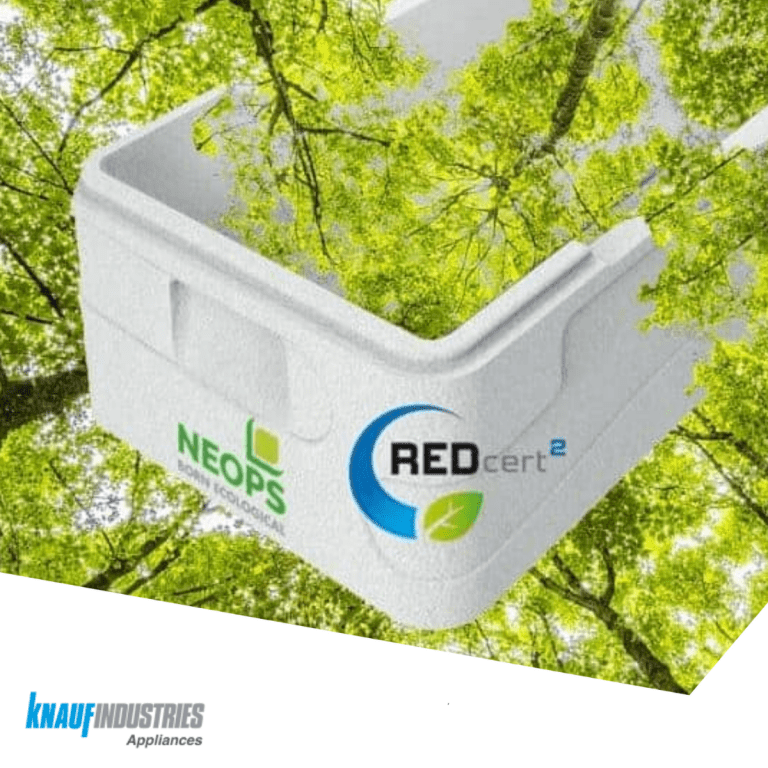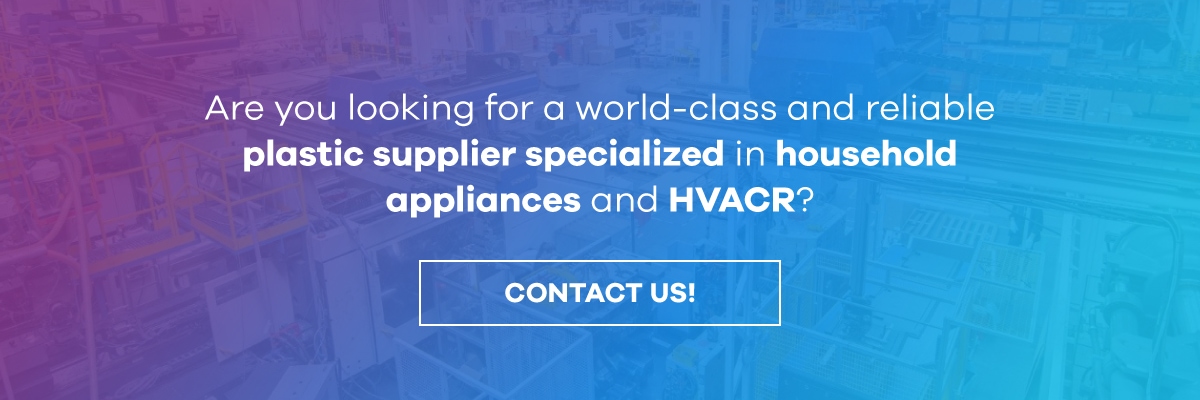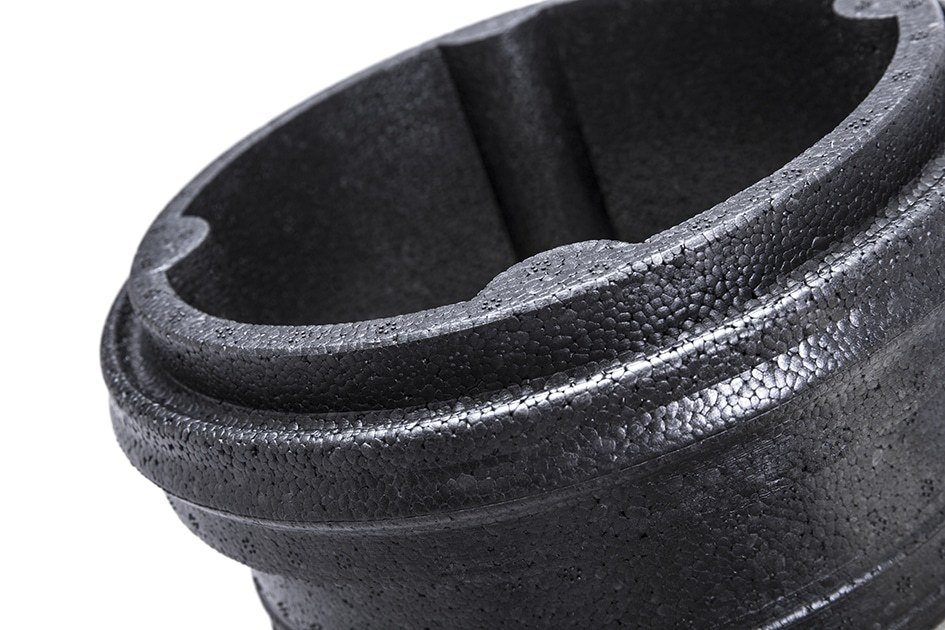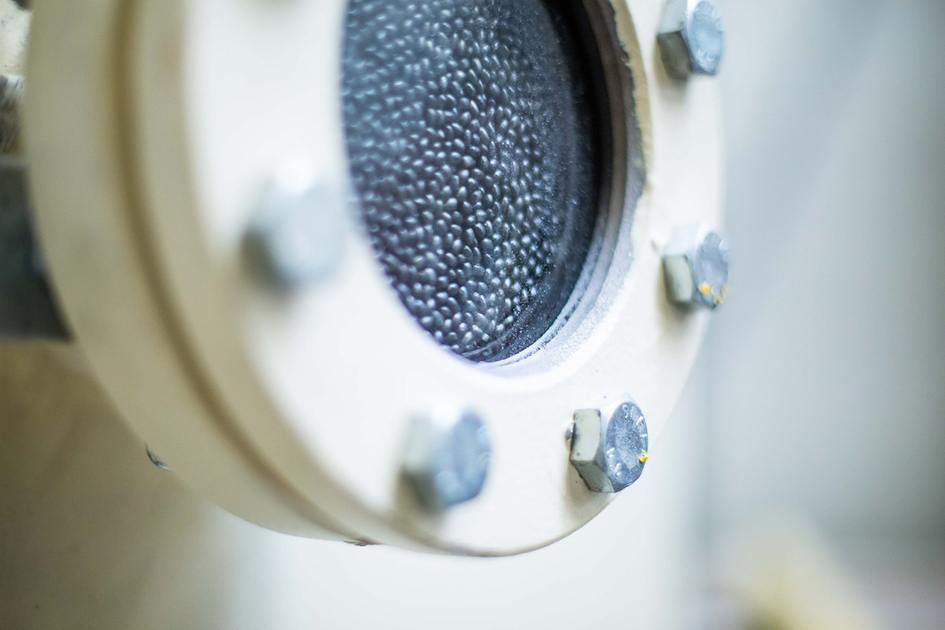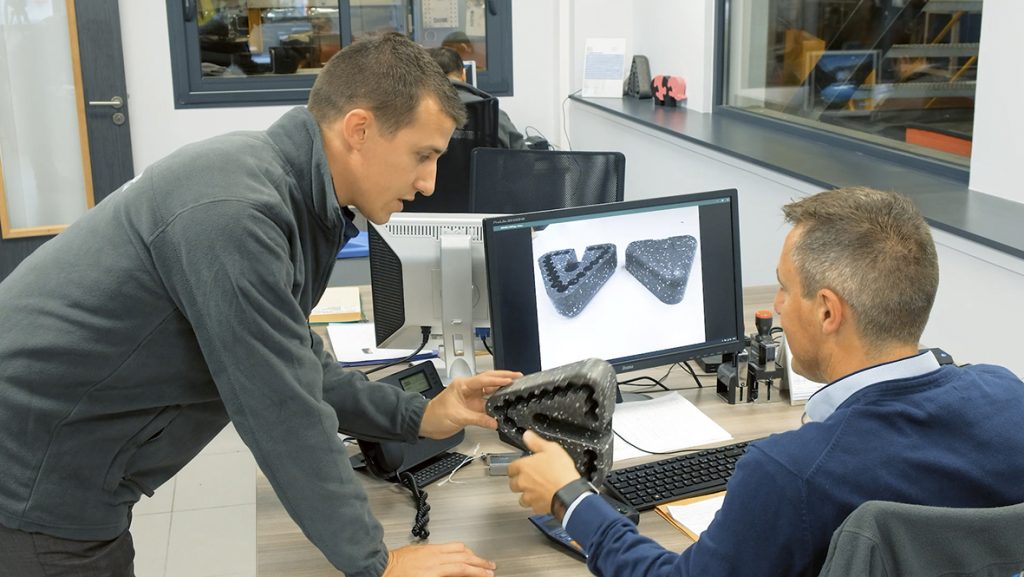Vegetal plastic alternatives have evolved from being a niche market to becoming a mainstream solution that helps companies develop sustainable packaging.
But what exactly is a vegetal plastic (and bioplastic foam) and how can companies make sure they’re more sustainable than other alternatives? What are the current possibilities for these packaging materials? At Knauf Appliances, we share our expertise.
What does vegetable plastic mean?
A vegetal plastic or bioplastic consists of a moldable plastic material derived from plant resources. Because they’re obtained from renewable sources, they represent an alternative to traditional plastics, which have traditionally been derived from petroleum.
Closely related to vegetal plastic alternatives is bioplastic foam which, simply put, consists of a flexible alternative valued for the possibility to develop customised foam packaging solutions.
As a consequence of some of their exceptional sustainable advantages, the global bioplastics production is expected to grow from around 2.11 million tonnes in 2020 to approximately 2.87 million tonnes in 2025, according to figures published by European Bioplastics.
Vegetal plastic: their origins and development
The current development around vegetal plastic materials revolves around the need to minimize plastic waste and reduce non-renewable petroleum consumption.
However, research around this type of material started decades ago. Their evolution was pushed by the petroleum shortage during the 1970s, as well as the advancement in molecular genetics and DNA.
By the beginning of the current century, several bioplastics had been generated, including PHB and PHA (synthesized within microbes), and PLA (developed from lactic acid monomers).
Recent advancements in creating new vegetal plastic materials mean production capabilities have been expanded and production costs reduced.
Vegetal plastic characteristics
Vegetal plastic materials are diverse and so they present different characteristics. However, there’s at least one thing they have in common: they’re made from renewable, plant-based materials instead of fossil energy sources.
At the same time, their sustainability claims are supported by their ability to minimize waste. In order to do so, there are a number of alternatives:
- Some vegetal plastic materials are recyclable
- Others are biodegradable, which means they decompose using natural chemicals and biological elements
- Some are compostable, meaning they don’t generate waste because they break down into non-toxic components and are reincorporated into new processes.
You might also be interested in: What is environmentally friendly packaging
Vegetal plastic advantages
Environmental advantages
Vegetal plastic materials help companies generate sustainable packaging solutions, meeting consumer demand as well as national and international regulations.
55% of consumers report that they are “extremely or very concerned about the environmental impact of product packaging”, according to McKinsey. Choosing the right vegetal plastic material means companies can fulfill this challenge.
This is because most bioplastics present a lower carbon footprint than traditional plastics and they’re either recyclable, biodegradable or compostable.
Performance advantages
In terms of performance and packaging protection, picking the right vegetal plastic alternative means companies access extraordinary performance features.
For instance, some bioplastics have been developed to present outstanding mechanical and thermal capabilities.
At the same time, the possibility to use bioplastic foam means companies can generate their own customised packaging solutions, with the added protective benefits that they present for certain products.
Why vegetal plastic has a lower carbon footprint
When considering the carbon footprint of vegetal plastic alternatives, their full life cycle must be analysed (from production to use and disposal or recycling processes). From this perspective, there are a number of ways in which bioplastics generate fewer greenhouse gas emissions and thus a lower carbon footprint:
- Firstly, their plant origin means that carbon dioxide can be absorbed as these plants grow, so the net increase is balanced. In fact, a 2017 study determined that corn-based PLA has the potential to cut U.S. greenhouse gas emissions by 25%.
At this point, it’s important to note that, in order to guarantee their maximum sustainability, bioplastics must be made from non-agricultural crops and grown using sustainable methods.
- Secondly, their production processes create energy savings of two-thirds compared to the production of other traditional plastics.
- The biodegradation of bioplastics generates no net increase in carbon dioxide gas.
(All studies cited in ‘Environmental impact of bioplastic use: a review’):
NEOPS®: Knauf Appliances’ biomass vegetal plastic alternative
NEOPS® is Knauf Appliances’ vegetal plastic material: an ecological and high-performance bioplastic foam material made entirely from renewable sources.
Developed by our Innovation Centre ID Lab, NEOPS® is obtained from vegetable waste (branches, leaves, soy, corn, wheat and celeral waste). Thus, this bioplastic uses non-agricultural crops and guarantees that fossil raw and greenhouse gas emissions are reduced without altering the use of the lands or affecting the food crops in any way.
From that point onwards, NEOPS® is produced using a similar production process to that of expanded polystyrene (EPS). This means additional advantages in terms of performance, appearance and sustainability, as it’s made of 98% air.
Applications in the industry
NEOPS® presents a full range of grades which are adapted to different applications. This means it can adjust to different industries’ needs, presenting enhanced thermal resistance, impact absorption, fire resistance or preservation benefits.
Through our eco-design processes, at Knauf Appliances we make sure we incorporate NEOPS® so that each company has access to the packaging solution they need.
You might also be interested in: Packaging eco-design
Advantages of NEOPS® for the industry
- Economical savings, as NEOPS® is extremely lightweight and directly impacts transportation and storage costs.
- Protective features, because of its mechanical resistance and shock absorption capacities, as well as compressive and tensile strength and temperature resistance and thermal insulation.
- Environmental advantages, including a 30% reduction of carbon footprint compared to traditional EPS: packaging waste is significantly reduced, as it’s a 100% recyclable material; and its production processes guarantee the Biomass Balance procedures are respected, as only renewable, waste of non-agricultural crops are used.
NEOPS® REDcert certification
NEOPS® has obtained the REDcert2 certification. This is a new standard around biomass and confirms this material’s production processes are sustainable and their environmental impact is minimal.
Want to learn more about the potential of vegetable plastic materials for packaging and how to ensure they help your company meet your sustainability goals?
